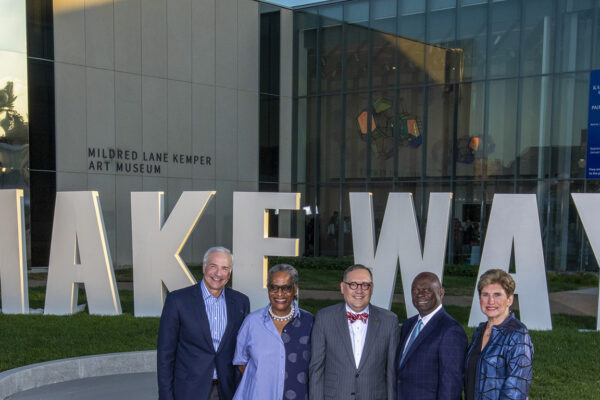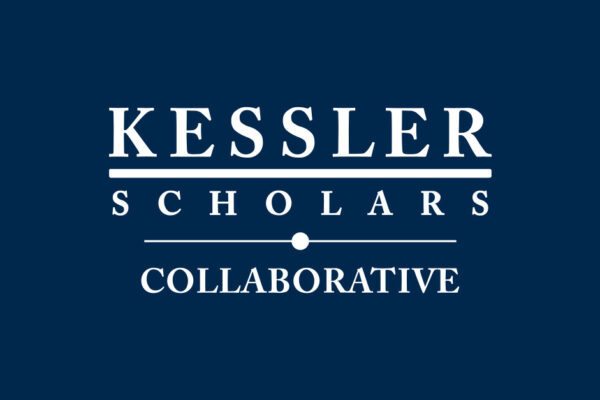HOW DOES WASHU MEET STUDENT NEED?
We are dedicated to meeting 100% of demonstrated financial need for all admitted students. Half of our undergraduate student body receives some form of financial assistance (scholarships, grants and/or financial aid). In the past decade, the average annual aid award for students with need has increased from about $29,000 to $58,000. Under our “no- loan” program, the families of undergraduate students with annual incomes of $75,000 or less receive full financial aid packages without incurring any debt.
HOW IS WASHU WORKING TO BE MORE ACCESSIBLE?
We recently announced several new initiatives aimed at making a WashU education more accessible to students of all backgrounds. Initiatives include:
The newly announced Make Way: Our Student Initiative will increase financial resources for students at every level of need, including middle-income students. We already have raised more than half of the $600 million needed to fund new undergraduate scholarships, graduate scholarships and fellowships, and student experiences.
Gateway to Success, announced in 2021, is a $1 billion investment in financial aid and student support for undergraduate, graduate and professional students. This historic investment has allowed us to achieve our longtime goal of adopting a need-blind undergraduate admissions policy for first-year applicants who are U.S. citizens. That means we do not consider an applicant’s financial situation when making admissions decisions while still meeting 100% of demonstrated financial need for admitted undergraduates.
The WashU Pledge, announced in 2019, provides a free undergraduate education to incoming, full-time students from Missouri and southern Illinois who are Pell Grant- eligible or from families with annual incomes of $75,000 or less. The WashU Pledge covers the full cost of a Washington University education, including tuition, room, meal plan and fees.
Other initiatives include our participation in the QuestBridge scholarship program, our growing Student Success Fund and First-Year Grants for technology and supplies. These efforts and others have enabled us to make substantial progress enrolling students from lower-income families, growing the number of enrolling Pell-eligible students from 6% in 2013 to 20% in 2022.
WHAT IS THE STATUS OF THE ENDOWMENT?
After an unprecedented return of 65% in 2021, the endowment had a negative 10.6% return in 2022. Despite the decline, we remain fully committed to the Gateway to Success financial aid and student support initiative.
Primarily created through gifts, endowment funds are used for specific purposes as designated by the original donor. As an example, a donor’s gift restricted to supporting medical research could not be repurposed to support undergraduate scholarships or vice versa. The earnings from the funds may be used to support the work of our faculty, our research and the education of our students. To learn more about the endowment, how it works, where it comes from and how we use it to enhance the university’s mission, see Chancellor Martin’s three-part “Endowment 101” series on his blog.


